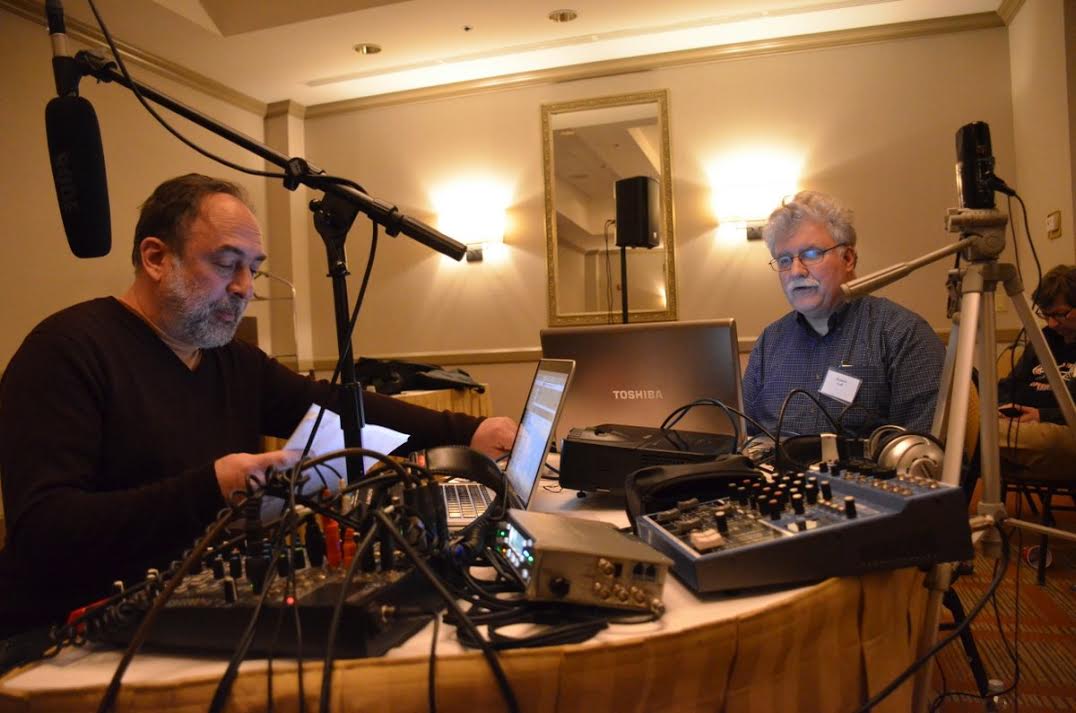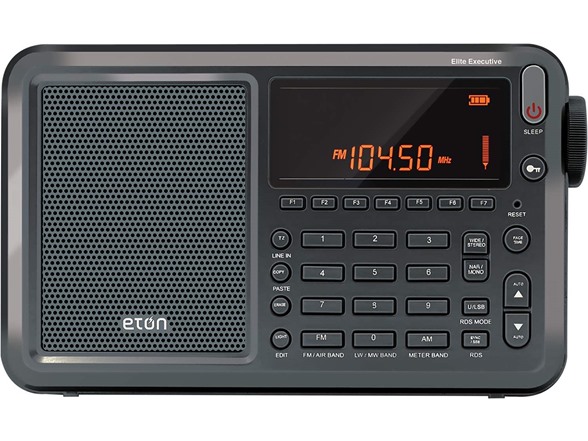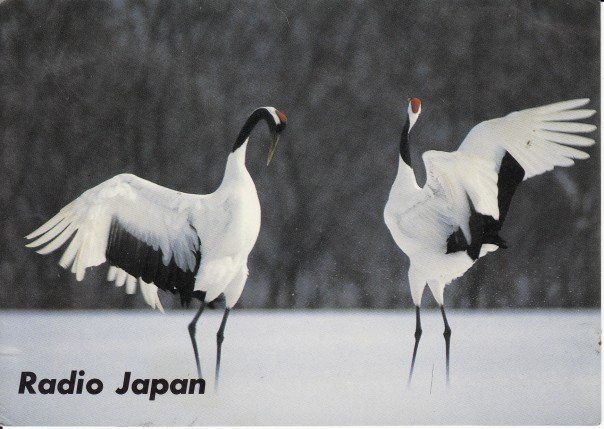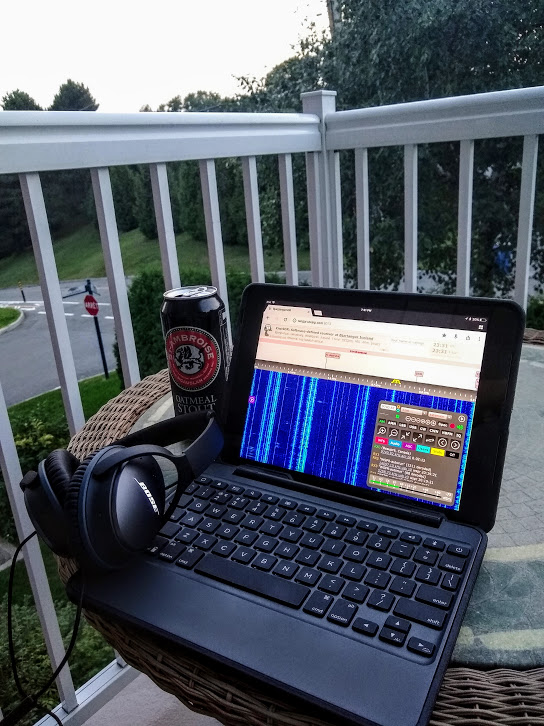
Operating a KiwiSDR in Iceland from my vacation spot in Québec (circa 2018).
Many thanks to SWLing Post contributor, Richard Cuff, who writes:
Radyo Pilipinas is one of those English language stations that are not very likely to make to my Pennsylvania location, even under excellent conditions, simply because propagation of their frequencies wouldn’t reach eastern North America when they’re on the air.
Web tunable SDRs change all that…I caught them today from 0315 to their 0330 signoff on 15640 and 17620, in English, with a chatty travelogue program.
I was listening via an Indonesian Kiwi SDR located in Jakarta.
I’m left wondering — is there interest in reporting logs like this? We wouldn’t normally include them in the regular Loggings column in the NASWA Journal, because I’m not tuning my radio, I’m in front of a computer screen tuning half a world away.
FWIW, Radyo PIlipinas broadcasts in English daily from 0200 to 0330 on 15640, 17700 (announced but not heard) and 17620 kHz.
73 – Richard Cuff / Allentown, PA (virtually in Jakarta, Indonesia…)
Wow–what a great question, Rich.
I suspect some DXers have very strong feelings about WebSDR loggings, both for and against.
In terms of loggings columns with various radio clubs and organizations, I suppose it’s up to the governing body to decide. As you say, I suspect it will come down to whether or not remote radio operation counts. With a KiwiSDR, for example, you’re controlling a remote receiver–one that is physically located in a known geographic spot–and the audio is being piped over the Internet. I know it wouldn’t be in the spirit of the thing if you submitted logs implying you’d logged Radyo Pilipinas from your home receiver and antenna. If, however, you disclose that you were using a remote RX station in Jakarta, the logging would be accurate. Whether or not it’s allowed is a separate issue.
Anyone care to share their constructive comments? What do you think about WebSDR loggings? Please comment.
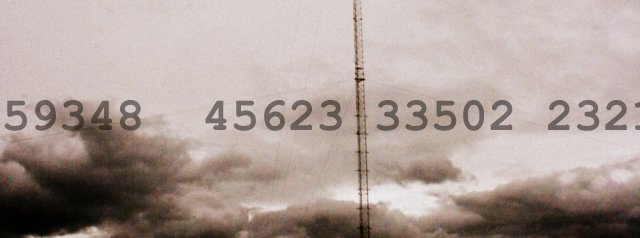 Many thanks to SWLing Post contributor Richard Cuff, who shares this Komando.com piece on how old-school shortwave number stations remain active in espionage. Intelligence services — notably Russia — still send coded beeps and voice-read numbers using one-time pads because radio is simple, anonymous, and hard to trace.
Many thanks to SWLing Post contributor Richard Cuff, who shares this Komando.com piece on how old-school shortwave number stations remain active in espionage. Intelligence services — notably Russia — still send coded beeps and voice-read numbers using one-time pads because radio is simple, anonymous, and hard to trace.


